Note: "Witness the Arctic" regularly features the research and related programs of ARCUS member institutions. This article spotlights the Woods Hole Research Center, located in Falmouth, Massachusetts, that has been an ARCUS member institution since 2006.
The Woods Hole Research (WHRC), founded in 1985 by ecologist George Woodwell, is an independent research institute with a mission to advance scientific discovery and seek science-based solutions for the world’s environmental and economic challenges through research and education.
The work of WHRC is centered on land-based carbon: where it is stored, where it is changing and at risk of being released. WHRC scientists combine fieldwork, satellite data, and computer simulations to examine the land-climate connection – how changes in land use effect the climate system and how the changing climate is altering systems on land such as forests, ecosystems, and agriculture.
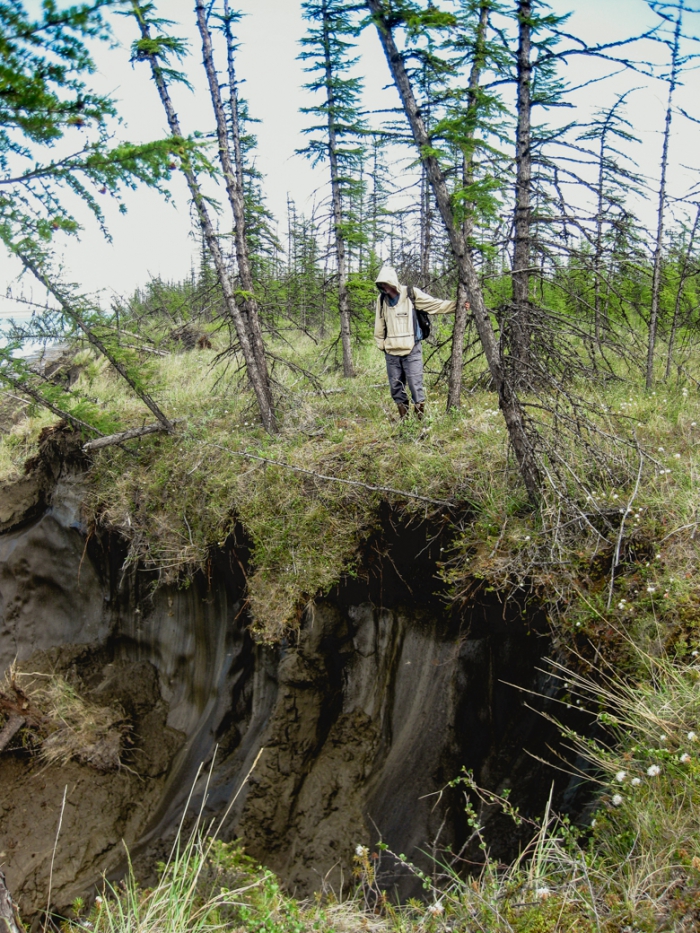
From thawing permafrost in the Arctic, to expanding industrial agriculture driving deforestation in Indonesia and Brazil, to changing agricultural practices in the United States, WHRC scientists work around the globe in places where vast pools of carbon stored on land are at risk, threatening to cause climatic and societal disruption.
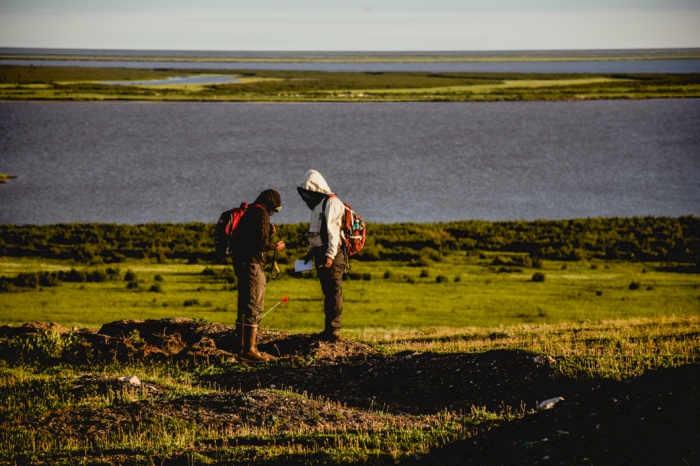
The threat of climate change in the Arctic is clear; warming is occurring twice as fast in this region than anywhere else. Consequences are already occurring through global sea level rise, widespread wildfires, permafrost thaw, and extreme weather. WHRC researchers investigate related consequences through a range of programs that address the global impacts of a warming Arctic. (http://whrc.org/our-work/research-program-areas/arctic/)
Arctic Great Rivers
Permafrost thaw, fires, and other effects of climate change impact rivers in the Arctic and the people who depend on them. WHRC scientists are improving the understanding of how climate change is impacting rivers and their watersheds. Much as human health can be evaluated by analyzing blood chemistry, so too can watershed health be assessed by monitoring water chemistry.
In 2003, Woods Hole Research Center scientist Dr. Max Holmes was in Siberia – taking water samples from the Lena River and laying the groundwork for the environmental monitoring network known as the Arctic Great Rivers Observatory.
Holmes and his team had chartered a ride from a local riverboat captain in the small town of Zhigansk. As the vessel navigated down the river the captain’s 13-year-old daughter hovered near the scientists. The girl – Anya Suslova – watched their work, and despite not speaking English, she communicated her interest in the science.
The next year, when Holmes returned, he found out that Anya had been keeping the sampling project going.
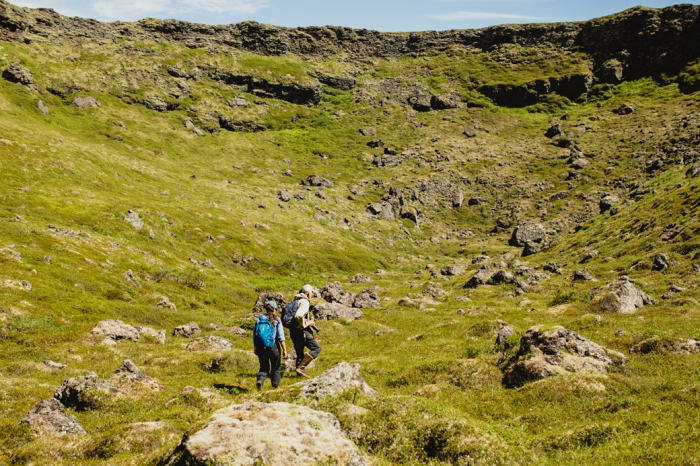
Fifteen years later, she had learned English, earned two science degrees, and joined the Arctic Rivers team at the Woods Hole Research Center. Now Suslova, Holmes, and their colleagues are monitoring the chemistry of the Ob’, Lena, Yenisey, and Kolyma Rivers in Siberia, the Yukon River in Alaska, and the Mackenzie River in Canada.
Holmes compares the water monitoring to a doctor taking a blood sample to assess a patient’s health. The chemistry of the rivers gives a picture of the health of that watershed and ecosystem. The team shares those data freely, encouraging scientists or government officials to use the research results to inform their work.
River monitoring is just one part of Woods Hole Research Center’s research on a changing Arctic. WHRC scientists study the warming Arctic and associated impacts – such as permafrost thaw and increased wildfires. WHRC also has a mission, however, of taking that science and using it to educate policy makers and the public.
Permafrost (http://whrc.org/project/arctic-permafrost/)
WHRC scientist Dr. Sue Natali travels to the Arctic frequently, as part of her work to better understand how quickly permafrost is thawing, how greenhouse gases are being emitted, and what that means for local communities and the global climate.
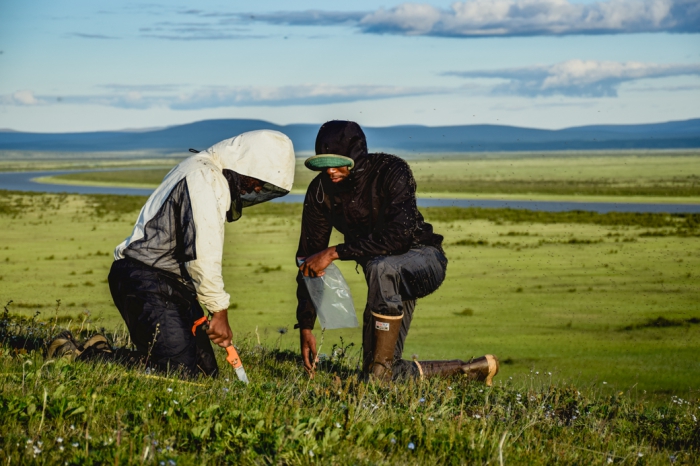
One of her favorite trips, however, is with the Polaris Project. That initiative brings undergraduate students to the Yukon-Kuskokwim Delta in Alaska to study permafrost. The research advances permafrost science, but it also develops the next generation of Arctic scientists. With two weeks in the field, and then two more at WHRC to analyze samples and process data, the students become well versed in Arctic climate issues quickly.
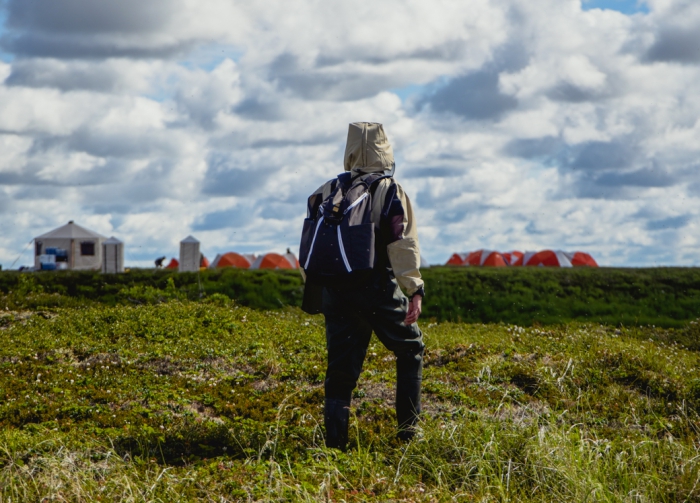
Fire and the Arctic Climate
Wildfires are a clear climate change impact – around the world – and the Arctic and boreal regions are no exception. Earlier springs, longer fire seasons, and extreme fire weather are fueling a major increase in fires across the Arctic. The three largest fire years ever recorded in Alaska have happened since 2004. WHRC scientist Dr. Brendan Rogers focuses his research on northern boreal forests, and the impact of wildfire there. One challenge with more frequent and more intense fires is that the carbon-rich soil of the forests burns along with the trees. This generates enormous emissions of carbon into the atmosphere, and thus a positive feedback to climate warming.
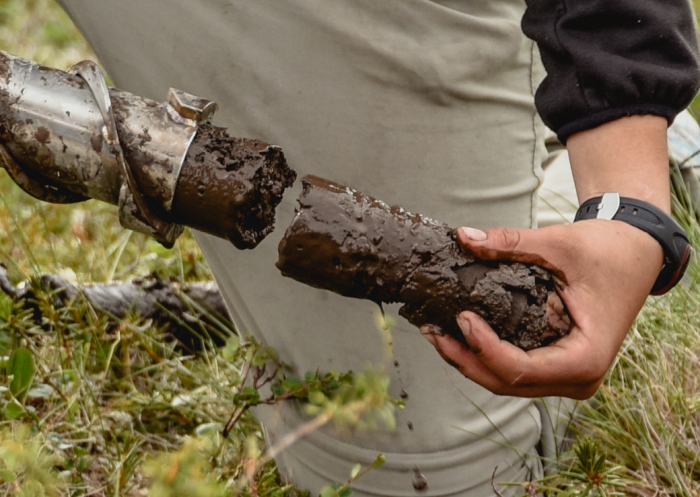
Informing Policy
WHRC’s science is designed to inform policy and answer specific policy questions. (http://whrc.org/our-work/policy/)
The results of the research, on rivers, permafrost, and forests, are brought to policy makers at national and international levels – to inform climate models and policy using policy briefs (http://whrc.org/publications-data/policy-briefs/) and one-page infographic documents.(See WHRC Permafrost & Global Climate Change (http://whrc.org/wp-content/uploads/2015/06/Permafrost_Infographic.pdf) They also serve as an important warning, that climate change impacts are happening now and require immediate attention. (see Policy Briefs)
Further information about WHRC is available on their website: http://whrc.org
For questions about WHRC, contact Dave McGlinchey (dmcglinchey [at] whrc.org) or Max Holmes (rmholmes [at] whrc.org)
Or, look for information on their Facebook page
About the Authors
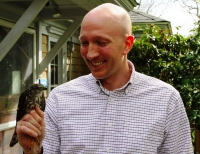 Dave McGlinchey is responsible for communicating Woods Hole Research Center science to the public and to policymakers. He was trained as a journalist and lawyer, and, prior to joining WHRC, he served as the director of communications and marketing for the Manomet Center for Conservation Sciences. He is an avid birder, hiker, and skier, and is passionate about effective climate change policy. Dave is also the author of Final Flight: 10 Northeastern Birding Spots at Risk from Climate Change. He earned his B.A. from Wake Forest University and his J.D. from Suffolk University Law School.
Dave McGlinchey is responsible for communicating Woods Hole Research Center science to the public and to policymakers. He was trained as a journalist and lawyer, and, prior to joining WHRC, he served as the director of communications and marketing for the Manomet Center for Conservation Sciences. He is an avid birder, hiker, and skier, and is passionate about effective climate change policy. Dave is also the author of Final Flight: 10 Northeastern Birding Spots at Risk from Climate Change. He earned his B.A. from Wake Forest University and his J.D. from Suffolk University Law School.
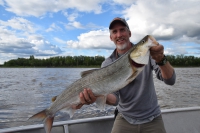 Max Holmes is an earth system scientist who studies rivers and their watersheds and how climate change and other disturbances are impacting the cycles of water and chemicals in the environment. He is particularly interested in the fate of the vast quantities of ancient carbon locked in permafrost in the Arctic, which may be released as permafrost thaws, exacerbating global warming. Dr. Holmes has ongoing projects in the Russian, Canadian, and Alaskan Arctic, and in the tropics in the Amazon and the Congo. He is committed to engaging students in his research projects and to communicating the results and implications of his research to the public and to policy makers. Dr. Holmes previously served for two years as Program Director of the National Science Foundation’s Arctic System Science Program and in 2015 was named National Fellow of the Explorers Club.
Max Holmes is an earth system scientist who studies rivers and their watersheds and how climate change and other disturbances are impacting the cycles of water and chemicals in the environment. He is particularly interested in the fate of the vast quantities of ancient carbon locked in permafrost in the Arctic, which may be released as permafrost thaws, exacerbating global warming. Dr. Holmes has ongoing projects in the Russian, Canadian, and Alaskan Arctic, and in the tropics in the Amazon and the Congo. He is committed to engaging students in his research projects and to communicating the results and implications of his research to the public and to policy makers. Dr. Holmes previously served for two years as Program Director of the National Science Foundation’s Arctic System Science Program and in 2015 was named National Fellow of the Explorers Club.
